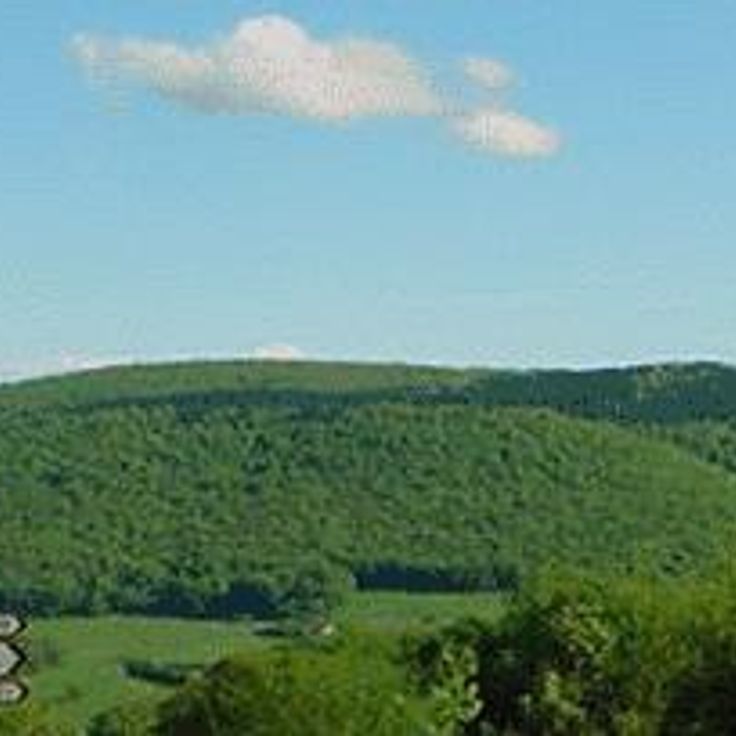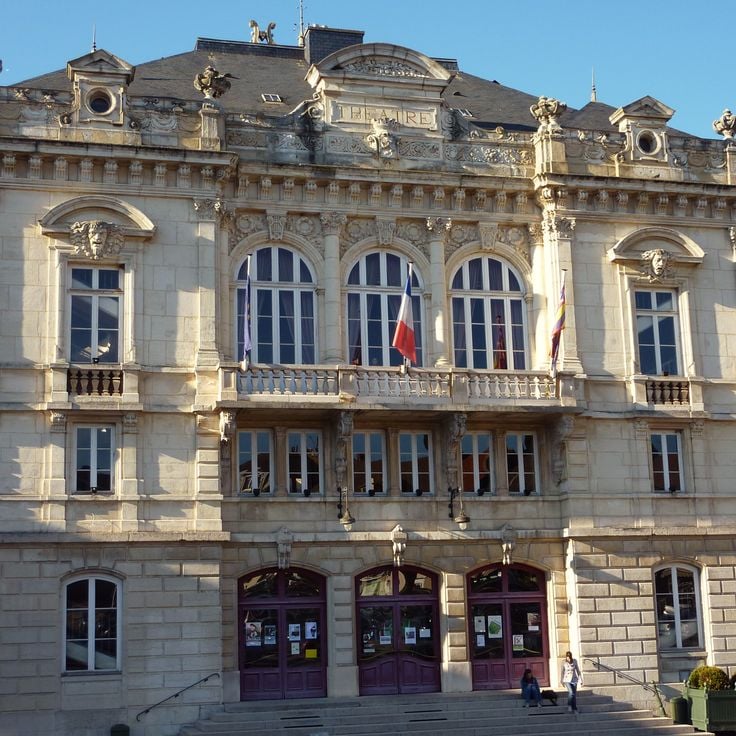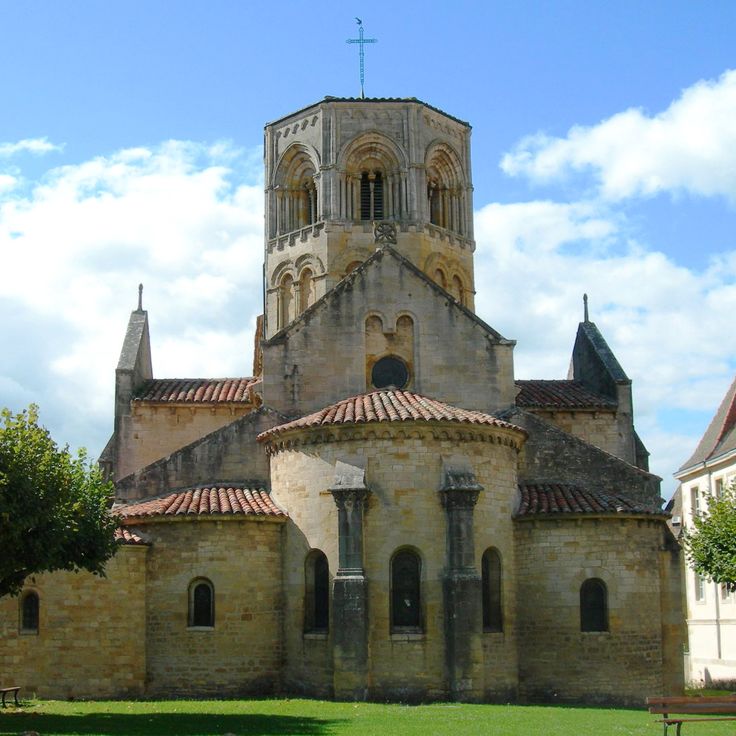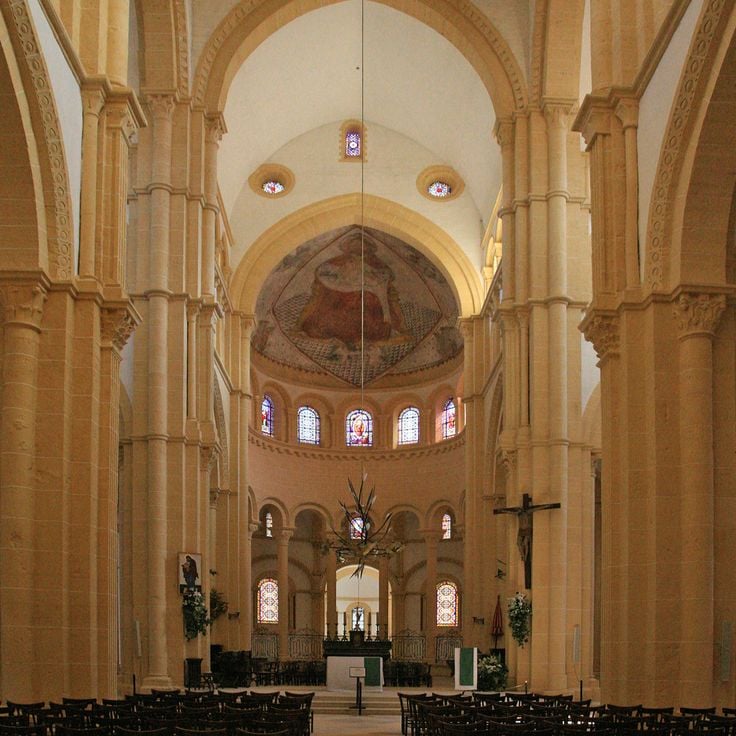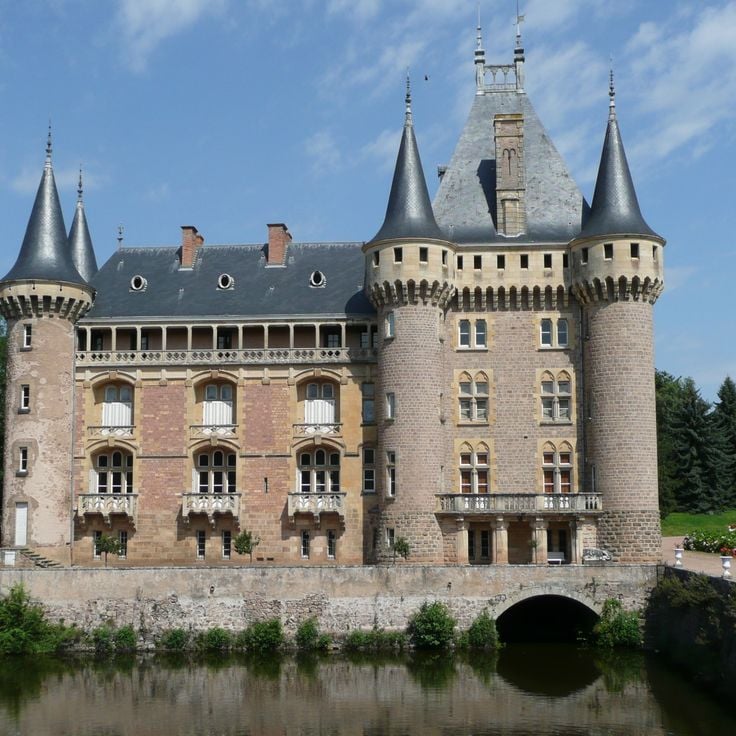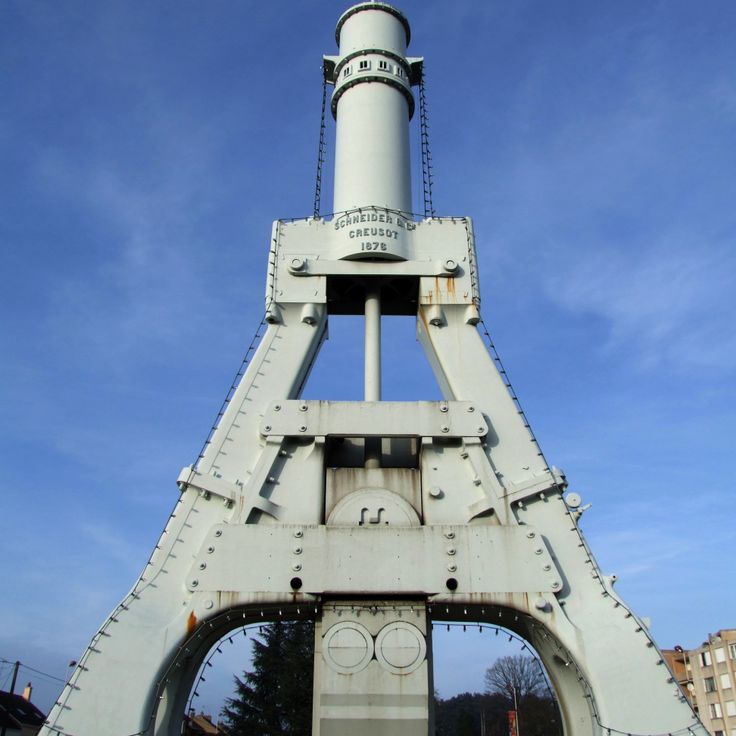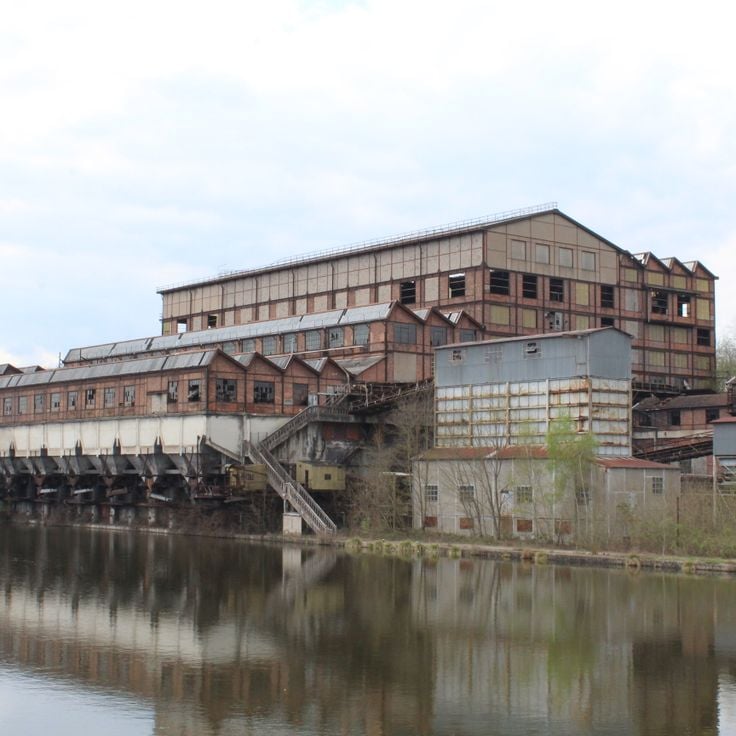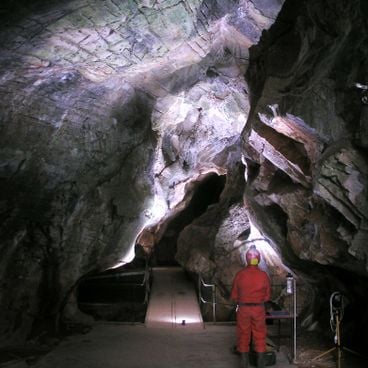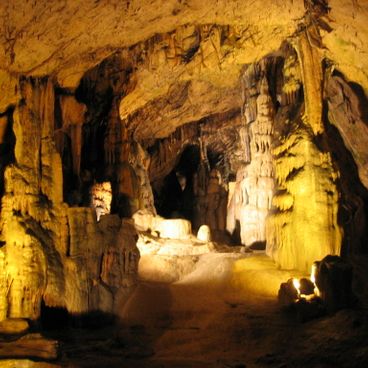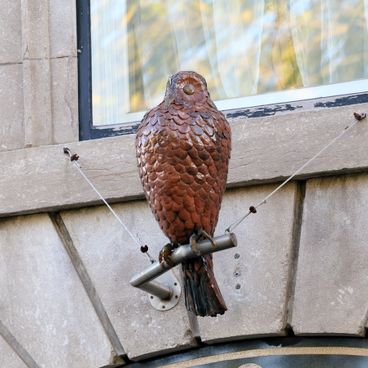Saône-et-Loire holds a heritage that goes far beyond scenery. In the heights of Morvan lie traces of Bibracte, an ancient oppidum where Gallic history took shape. Autun displays Roman power through one of the country's largest ancient theaters. To the south, fortified villages, Romanesque abbeys, and castles weave together medieval and Renaissance layers. Churches and abbeys like Tournus and Paray-le-Monial show the depth of religious architecture, while castles such as Cormatin and Drée speak of Renaissance splendor. Le Creusot tells the story of the industrial age. The region brings together ancient sites with medieval towns like Semur-en-Brionnais, where old walls still shape daily life. Canals, bridges, and industrial landmarks show how people used and shaped the land across centuries. These places invite you to walk through the layers of Gallic, Roman, medieval, and modern times that have formed this region.
The Bibracte Archaeological Site sits on Mont Beuvray and represents one of the most important Gallic oppida in ancient France. The excavations reveal the remains of a thriving settlement that once housed thousands of people, with houses, workshops, and public spaces spread across the hilltop. The site's museum displays artifacts and explains how the Gauls lived, traded, and governed themselves in this mountain community. Walking through the grounds, visitors can trace the outlines of ancient structures and understand how daily life unfolded in this central place of Gallic civilization.
The Gallo-Roman Theatre of Autun is a first-century amphitheater that held up to seventeen thousand spectators. The stone walls still visible today reveal the cultural importance of the ancient city of Augustodunum. This theatre ranks among the largest surviving Roman structures in France and shows how important Autun was as a center during Roman times. Visitors can walk through the massive structures and imagine the events that once took place here.
The Old Town of Semur-en-Brionnais stands as a medieval village within Saône-et-Loire and represents the depth of the region's history. Walking through its narrow streets, you pass buildings made of ochre stone, a Romanesque church, and a fortress built in the 9th century. These spaces show how life unfolded here during the Middle Ages, shaped by stone architecture, religious faith, and the need for defense.
Le Puits de Moïse is a Gothic sculpture from the 14th century attributed to Claus Sluter. The monument shows six prophets arranged around a symbolic well and demonstrates the skilled craftsmanship of Burgundy during the late Middle Ages. As part of the historical sites in Saône-et-Loire, this work stands among the locations that reveal the region's layered heritage through its religious buildings and medieval treasures.
This stone bridge in Charolles was built in the 19th century to carry the Canal du Centre across the Arconce River. It shows the engineering skills of that era and is part of the industrial heritage of Saône-et-Loire, documenting how the region developed during that period.
The Paray-le-Monial Basilica is a Romanesque building from the 12th century, inspired by the architecture of Cluny III. This basilica reflects the religious heritage that defines Saône-et-Loire and showcases the medieval layers of the region's history. Its structure features three naves, an elongated transept, and luminous interior spaces that create a sense of openness and light.
Tournus Abbey is an 11th-century monastic complex that displays the Romanesque architecture of Burgundy. With its massive columns, wall paintings, and crypt, the abbey shows the early features of Romanesque building techniques. It stands as one of the region's important religious sites, reflecting the deep history of Saône-et-Loire between ancient stones and monastic life.
The Château de Drée in Curbigny shows the grandeur of the 17th century in the Saône-et-Loire region. This baroque residence offers a window into the life of nobility during a time of great artistic development. The symmetrical French gardens and designed terraces reflect the refined taste of the era. The expansive park with mature trees spreads across 120 hectares and invites you to walk through history.
La Clayette Castle is a fourteenth-century fortress situated on an island in the middle of a lake. The architecture combines Gothic and Renaissance influences and creates a striking setting. This castle shows how the nobility in Saône-et-Loire demonstrated its power through stone buildings and is part of the medieval and Renaissance layers that define the region.
Le Creusot Industrial Site marks the moment when France entered the age of industry. The old workshops, forges, and 18th century buildings stand as physical evidence of how metallurgical industries transformed Burgundy. This site fits into the wider story of Saône-et-Loire, where industrial progress sits alongside ancient Roman theaters, fortified villages, and religious buildings that span centuries of the region's past.
The Château de Sercy represents a chapter in the medieval history of Saône-et-Loire. Built as a fortress in the 13th century, it was renovated during the Renaissance while keeping its defensive features intact. The moat and fortification elements that remain visible speak to how these structures protected the region. This castle contributes to the varied collection of medieval and Renaissance sites that shape the heritage of the area.
The Château de Cormatin reveals how Renaissance wealth was lived in Saône-et-Loire. Built in 1605, this castle impresses with gilded rooms, painted ceilings, and geometric gardens in the French style. It shows the splendor that wealthy society of that time created in a region layered with ancient stones, wooded landscapes, and religious sites.
The Lavoir des Chavannes is a nineteenth-century laundry in Montceau-les-Mines that reveals how everyday work was organized in an industrial mining area. The stone basins and covered structure show where women came to wash and clean during their breaks from the mines and factories. This site connects directly to the industrial heritage of Le Creusot and the rise of Saône-et-Loire as a working region.
